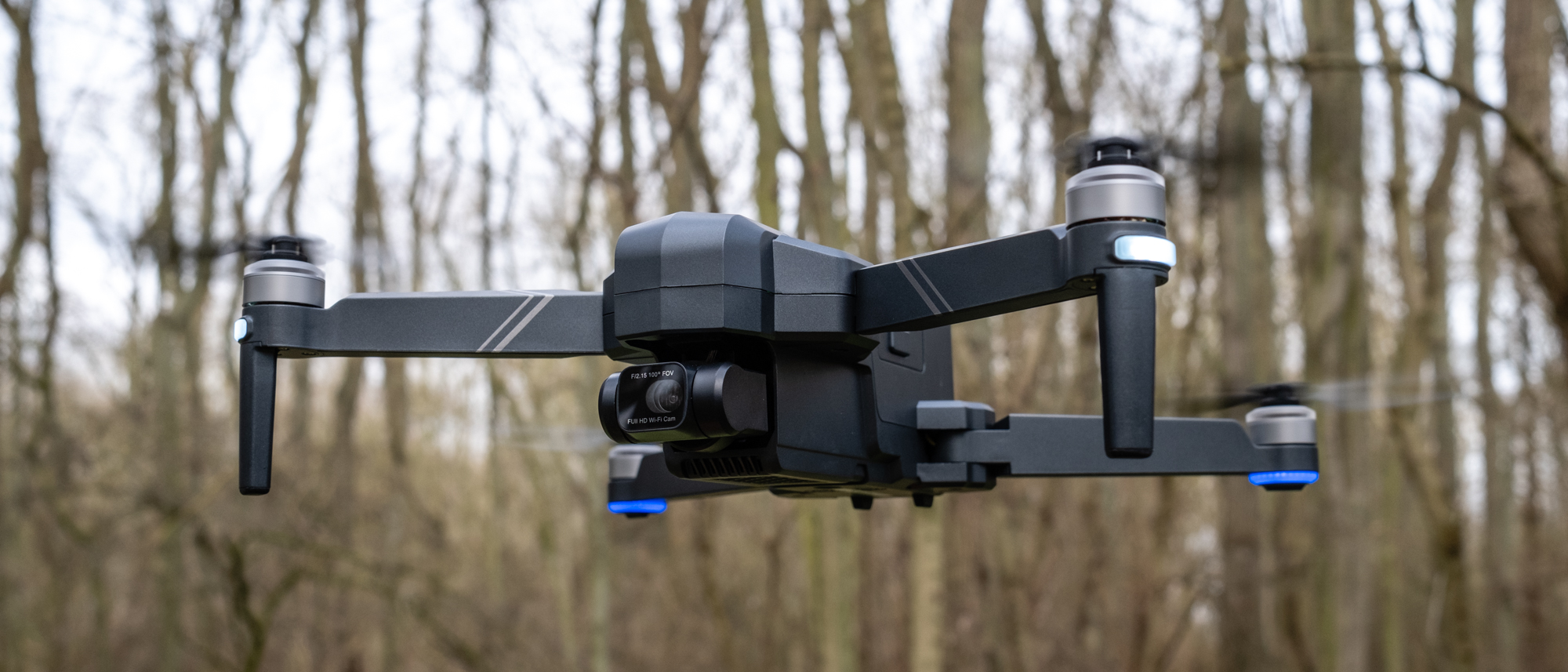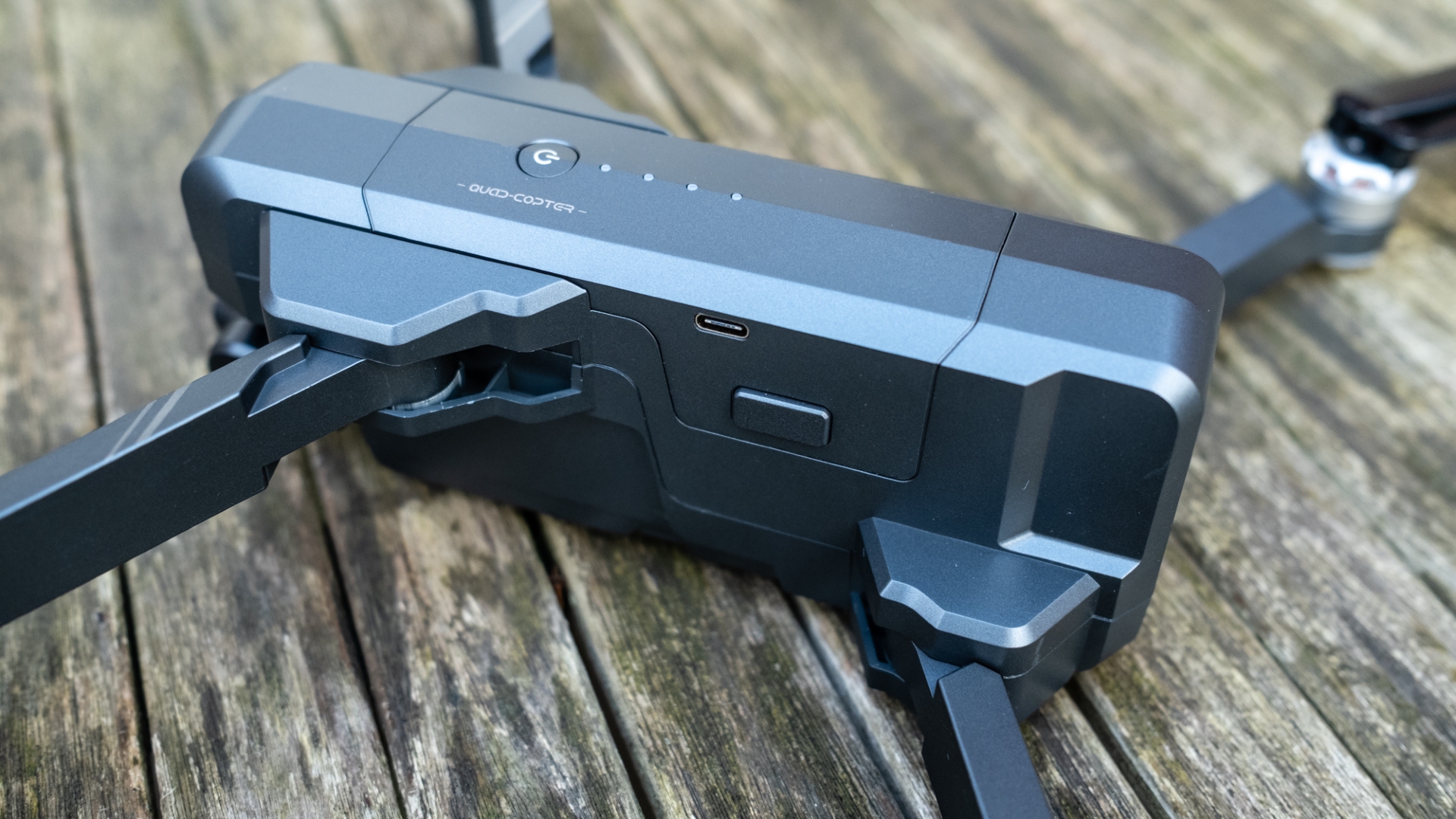Space Verdict
This is a drone that faces some stiff competition in terms of image quality, which is poor, but it is more powerful than many of the other models available at the same price point.
Pros
- +
Up to 4K 30 fps video
- +
Two batteries in the kit
- +
Subject tracking
- +
Powerful drone for the price
Cons
- -
Automatic camera settings only
- -
Image quality is poor
- -
No collision avoidance
Why you can trust Space.com
Weight: 19.72 oz/559 g
Dimensions: Folded: 175 × 105 × 80 mm/Unfolded: 450 × 405 × 80 mm
Battery: 2500 mAh 3S Li-Ion/up to 28 minutes
Charger type: USB-C
Modes: Sport, Normal, Camera
Video transmission range: 9842 ft/3000 m
Video resolution: 4K/2.7K
Frame rates: 4K up to 30 fps/2.7K up to 30 fps
Buying your first drone is getting easier because there are now many options available, but it’s also becoming more difficult for the same reason. In recent years, the beginner drone market has exploded, with a vast selection of drones on offer at a wide range of price points. For absolute beginners, it’s often the less expensive models that offer an attractive toe dip into drone flight, and the Ruko F11GIM2 is another model that’s fighting for your attention.
The Roku F11GIM2 sits within the mid-range of beginner drones in terms of price, coming in a kit that includes everything you need to get started, except for a smartphone and the free Roku app. Its full price is $579.99 in the U.S. and £475.90 in the U.K., which is extremely expensive for what it has to offer in terms of performance and image quality. However, the F11GIM2 is often on sale with a generous discount, and further discounts if you purchase the drone from Amazon.
Despite its beginner status, the Roku F11GIM2 is a powerful medium-sized drone that’s claimed to provide up to level 7 wind resistance – that’s up to 38 mph. GPS positioning helps to hold the drone in position when hovering, and other features include subject tracking, point of interest, waypoint flight, and gesture control.
It’s certainly not one of the best drones available, but it could be a tempting drone for beginners to get to grips with drone flight before moving on to a more advanced and expensive model.
Ruko F11GIM2 review: Design
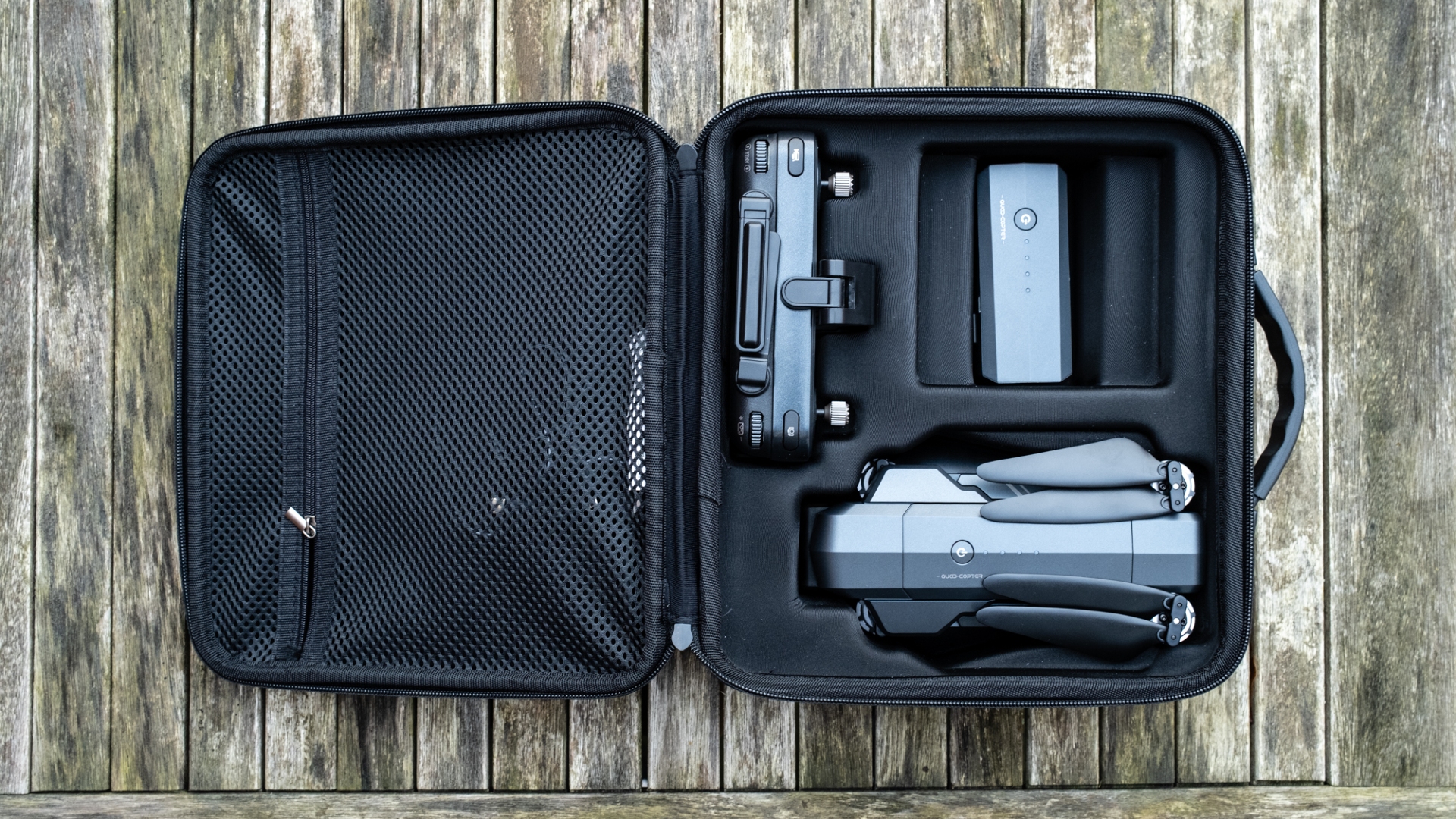
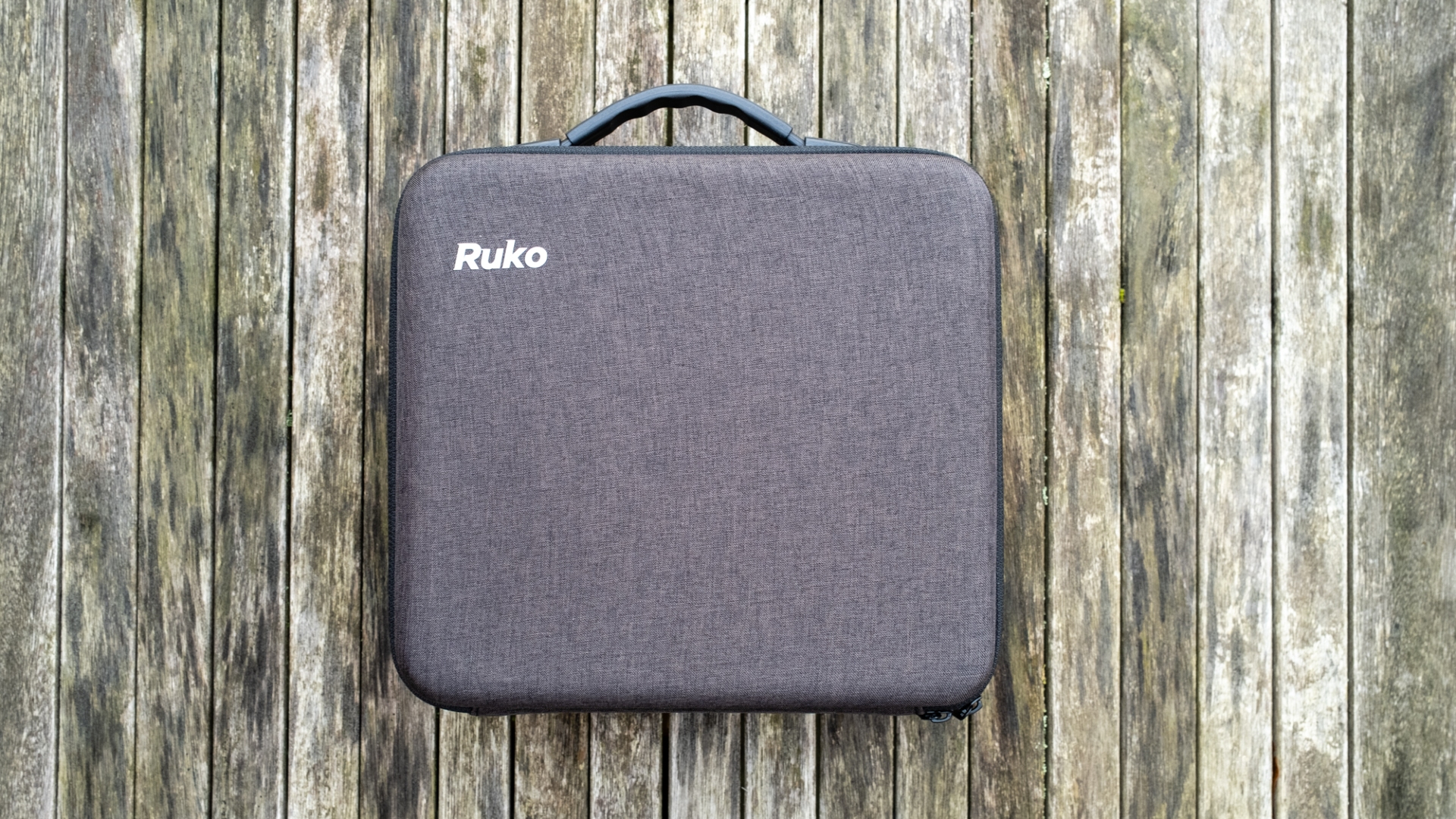
- Folding design
- Reasonable battery life
- Rechargeable controller
The F11GIM2 drone offers a handy folding design that takes it from 175 × 105 × 80 mm folded to 450 × 405 × 80 mm when unfolded, with a weight of 19.72 oz/559 g. So, in terms of size and weight, this puts it between the DJI Mavic 3 and the DJI Mini 3 – two of the best drones available in their respective classes.
Build quality is on par for a drone of this price, and although it’s not up to the standard of Autel, DJI, or even Potensic (which is also a budget drone company), the Roku F11GIM2 feels robust and is of reasonable quality overall. The brushless motors also deliver plenty of power without being too loud. When tested in 15 mph gusts, the F11GIM2 remained steady in the air.
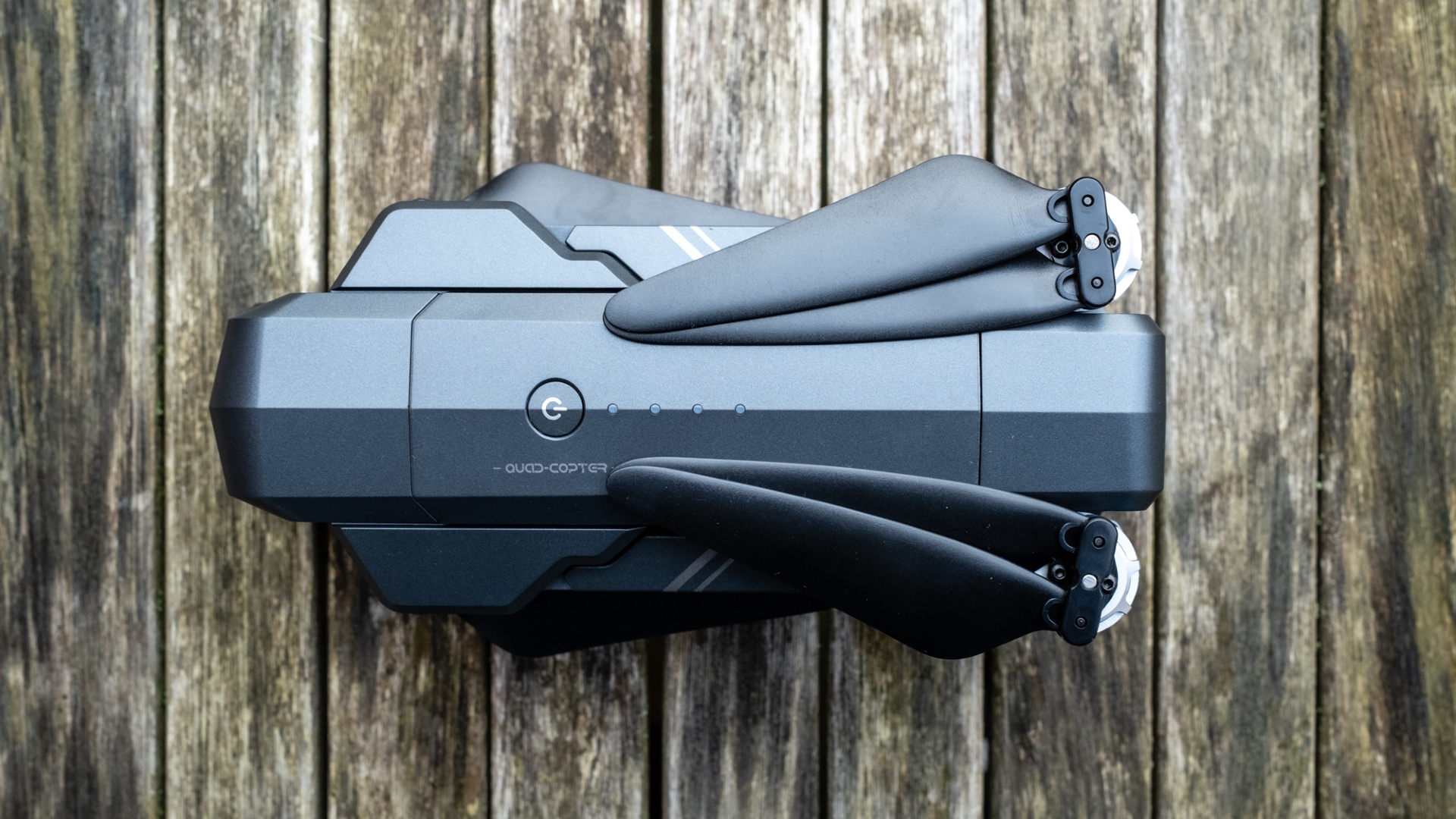

Its flight times are impressive considering the battery capacity is only 2500 mAh. Roku claims flight times of up to 28 minutes, and during testing in winter temperatures, it lasted around 20 minutes. The batteries are, unfortunately, slow to charge – like many that are directly charged via USB. Roku suggests that charging takes up to 4.5 hours. This is a long time to wait, so you have to be organized and plan your flights in advance.
Breaking space news, the latest updates on rocket launches, skywatching events and more!
The controller used to operate the drone feels more cheaply made than the drone itself, but performs well and even features what appears to be an OLED screen showing flight information and settings. Two handles fold out from the bottom of the controller for added comfort and grip. Some beginner drone controllers use AA batteries, but this one is rechargeable which is a convenient feature. The controller connects to your smartphone over Wi-Fi and the connection between the two exhibited no issues during testing.
Ruko F11GIM2 review: Functionality

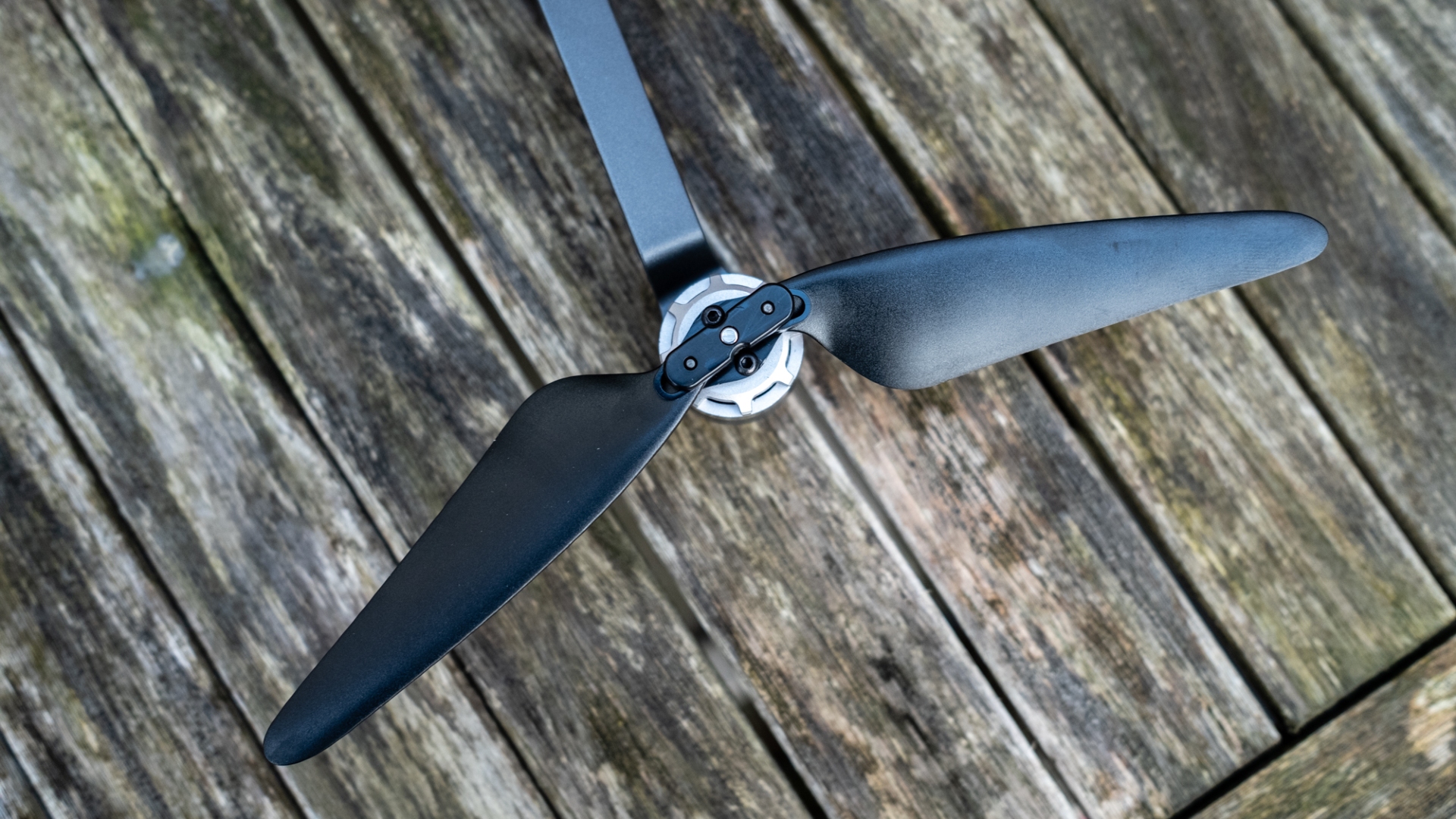
- Three flight modes
- Subject tracking
- GPS positioning
The F11GIM2 flies well, but it’s far from perfect. There is a small amount of drift: upwards when flying forwards, downwards when flying backwards, and to the side when flying in a straight line. The drift means that it's not a drone suited to flight in more complex environments. However, out in the open, this causes no issue.
The three flight modes – Sport, Normal, and Camera – provide different flight speeds. Sport, as the name suggests, is the fastest of the three, while Camera is the slowest and is designed for capturing smooth video. The drone ascends as quickly as you’d expect within the parameters of the flight mode selected, but descending is painfully slow, even in Sport mode.
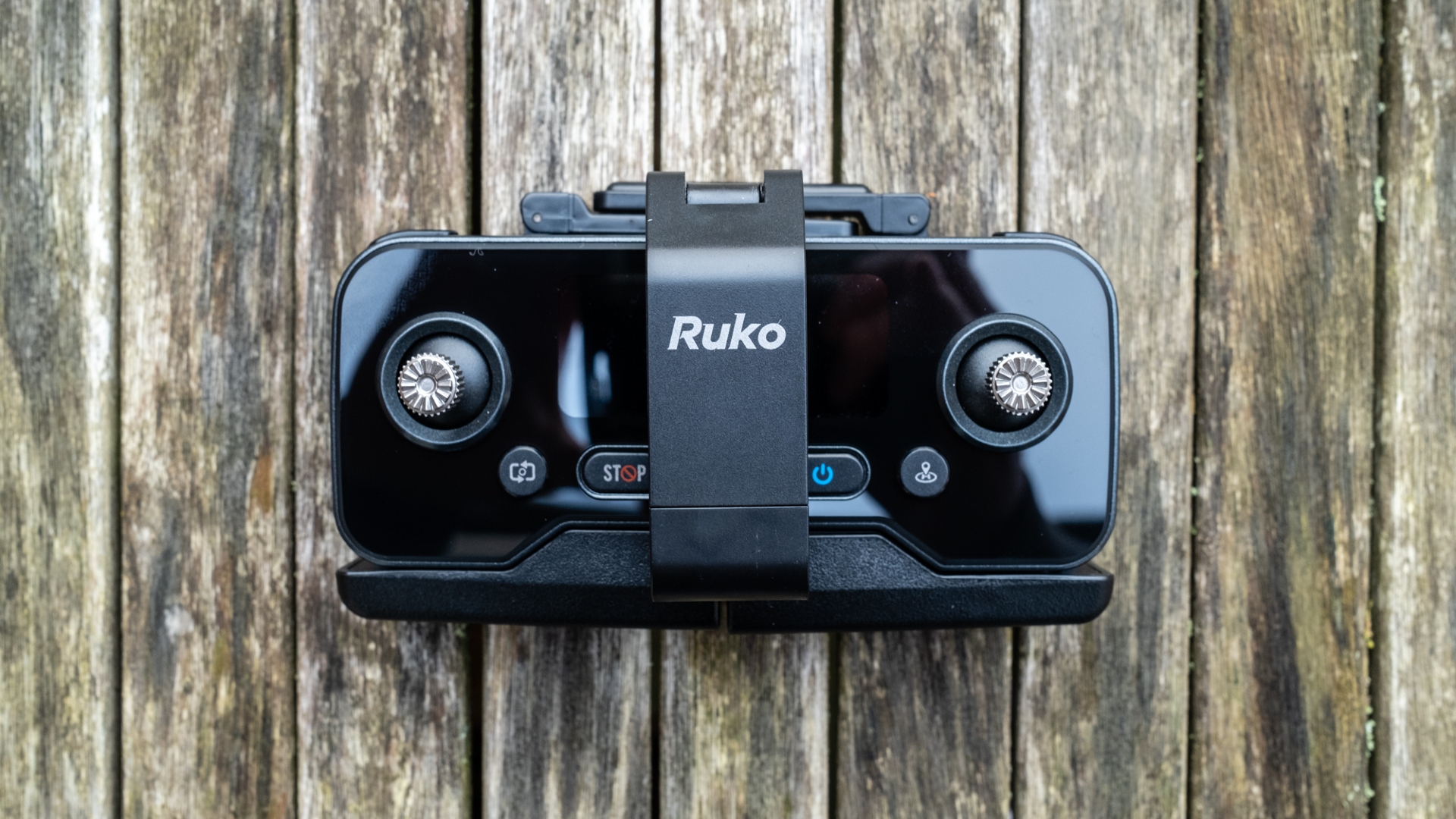
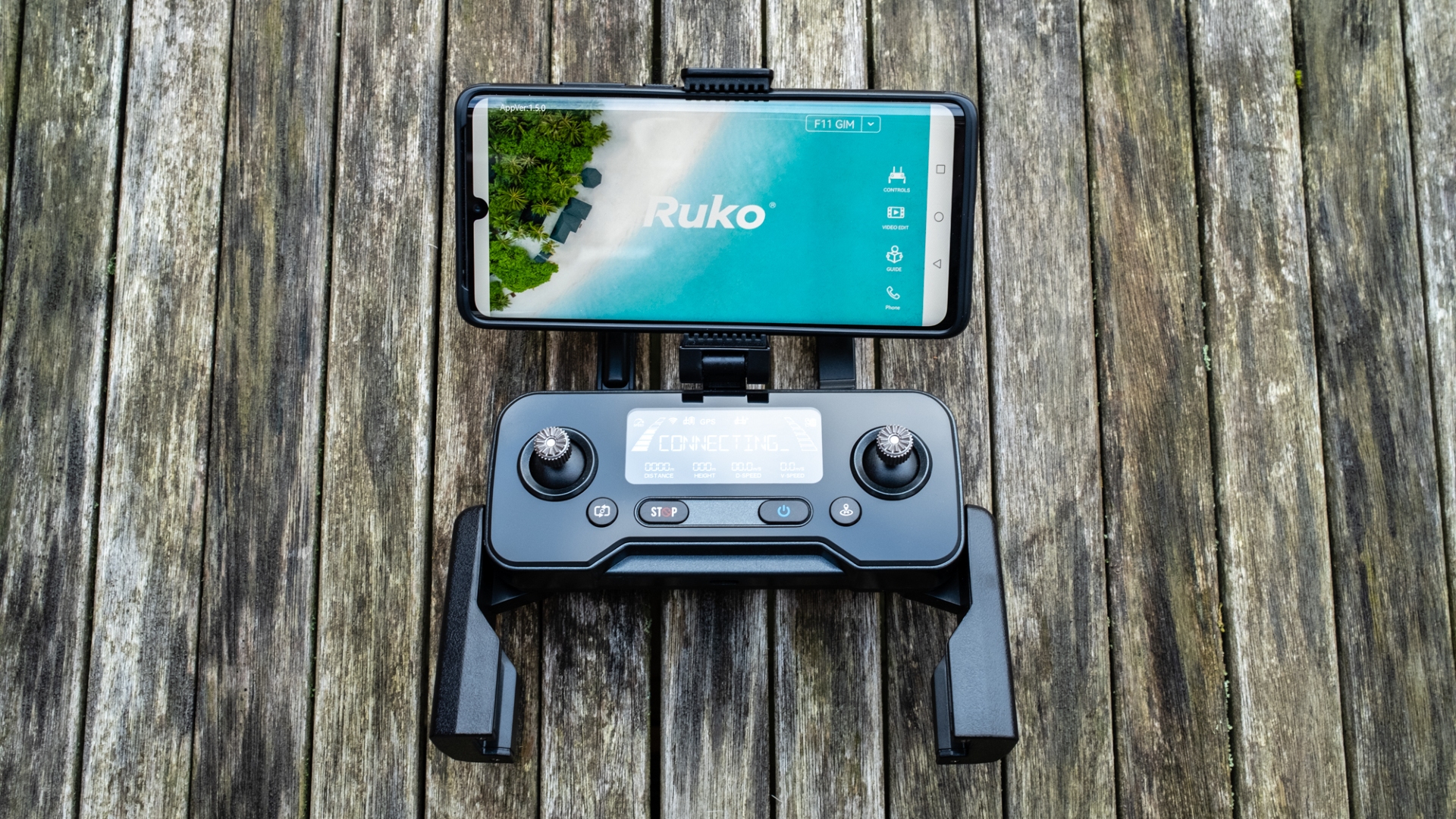
For beginners, the drone is automatically set to Beginner Mode, which limits flight altitude and distance. This allows you to get used to the controls before flying further afield. Once flight confidence is gained, you can switch off this mode and set the maximum altitude and distance to the legal limits, or less if you prefer, but bear in mind these limits aren't the only legal restrictions on drone flights.
The Roku F11GIM2 prompts you to perform a compass calibration with each flight, but this is generally quick and easy. Sometimes, possibly due to interference, the compass calibration prompt gets stuck in a loop and you can’t take off. Moving to other locations fixed this problem in our tests.

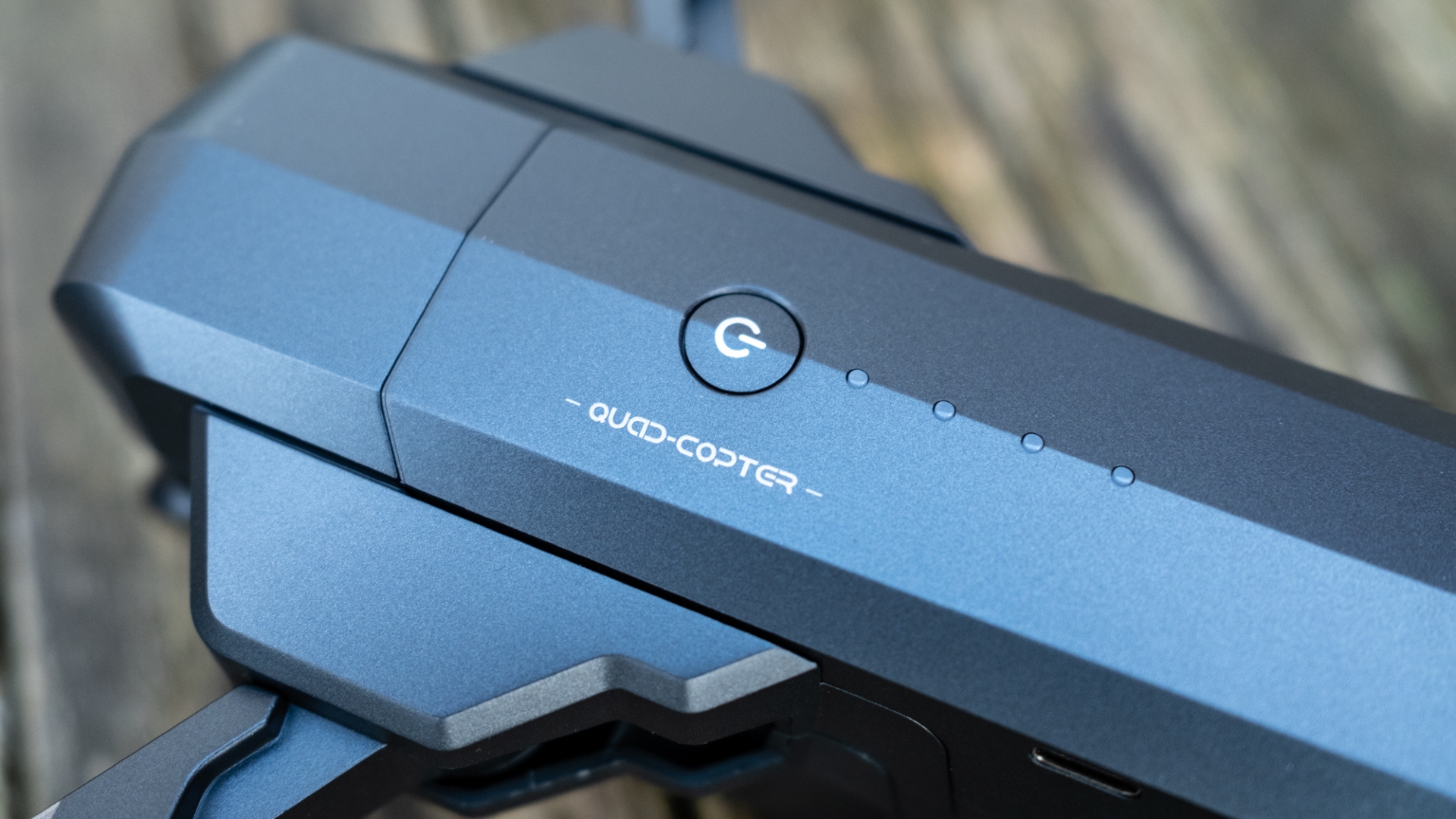
Once the compass calibration is completed, it can take up to a minute for the drone to connect to enough GPS satellites to take off, but once connected you’re free to begin flying. Without enough satellites connected, the drone won’t take off. Another safety feature is Return to Home and Auto Return to Home, which is initiated when the connection is lost or when the battery is low.
Thanks to GPS, there’s subject tracking with Follow Me and Point of Interest for automatically orbiting a subject. These features work, but not as smoothly as they do on drones with collision avoidance, which the F11GIM2 lacks.
Other features include the ability to set waypoints for flight, and gesture control for taking photos and recording video without using the controller – you have to select gesture control in the app before this mode can be used.
Ruko F11GIM2 review: Performance

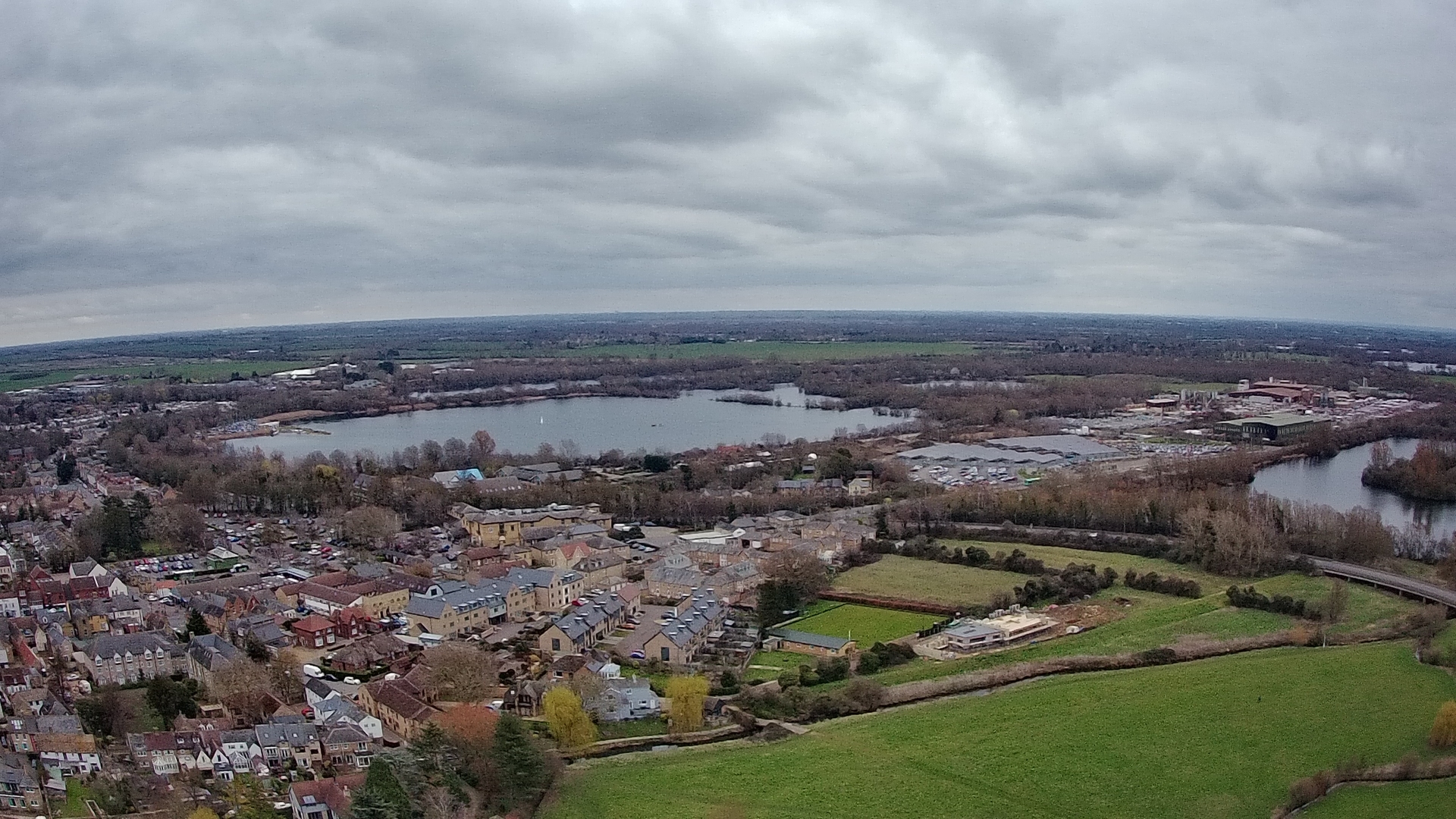
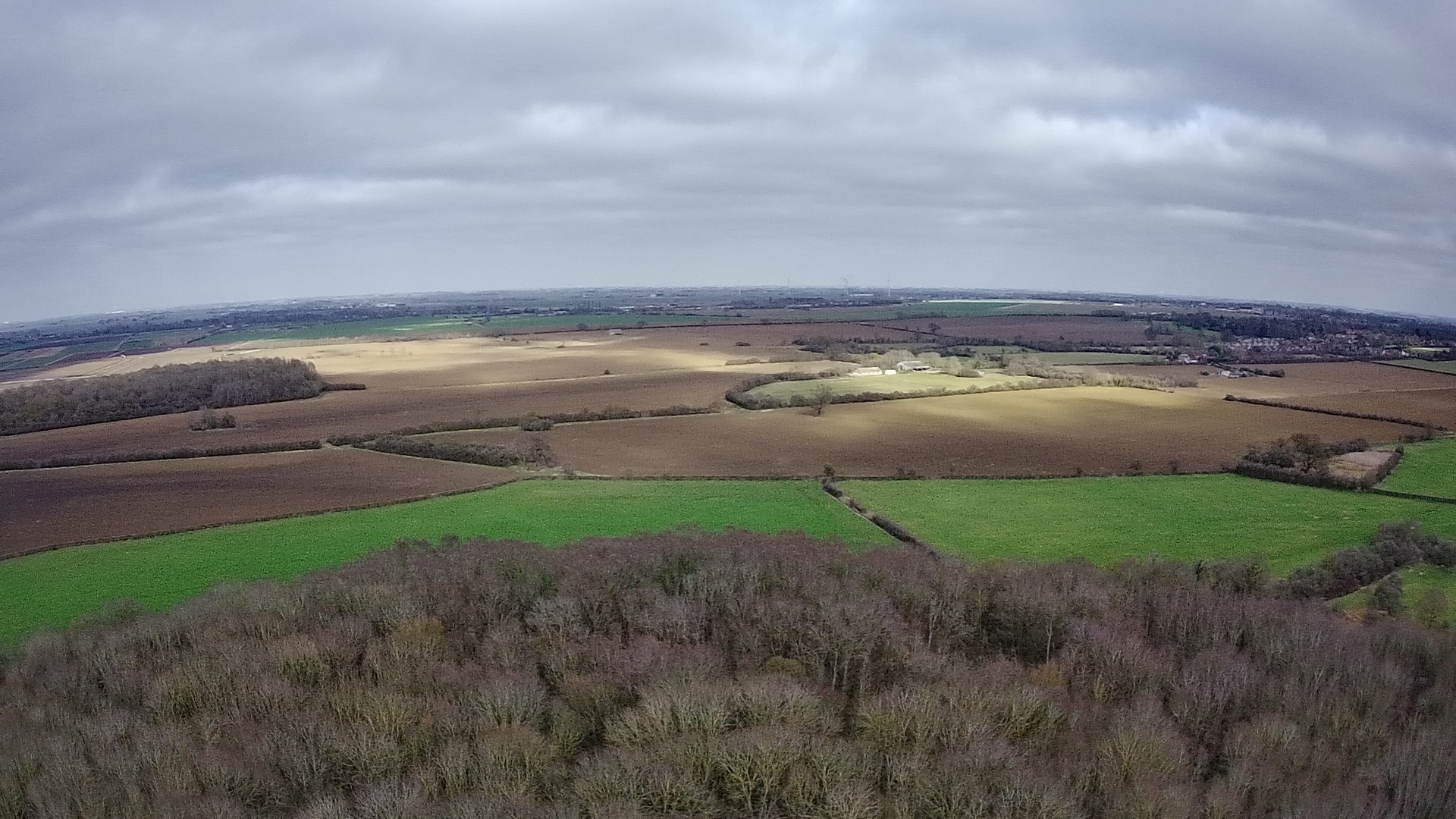
- Image quality isn’t great
- Up to 4K video at 30 fps
- 2-axis gimbal with EIS
The F11GIM2 camera is extremely basic and apart from the ability to change the video resolution, all settings are applied automatically. This may appeal to some users who would prefer to focus on flight, but those with a greater understanding of photography and video settings may be frustrated.
Photos can be captured in JPEG format only at 4K resolution, which is 3840 x 2160 and equates to 8.2 MP. Images are sharp, but image quality overall is quite poor and even those taken at ISO 100 exhibit grain. JPEG artifacts are also strong and detrimental to image quality, and the file size of the JPEGs suggests that there’s a lot of compression at work.

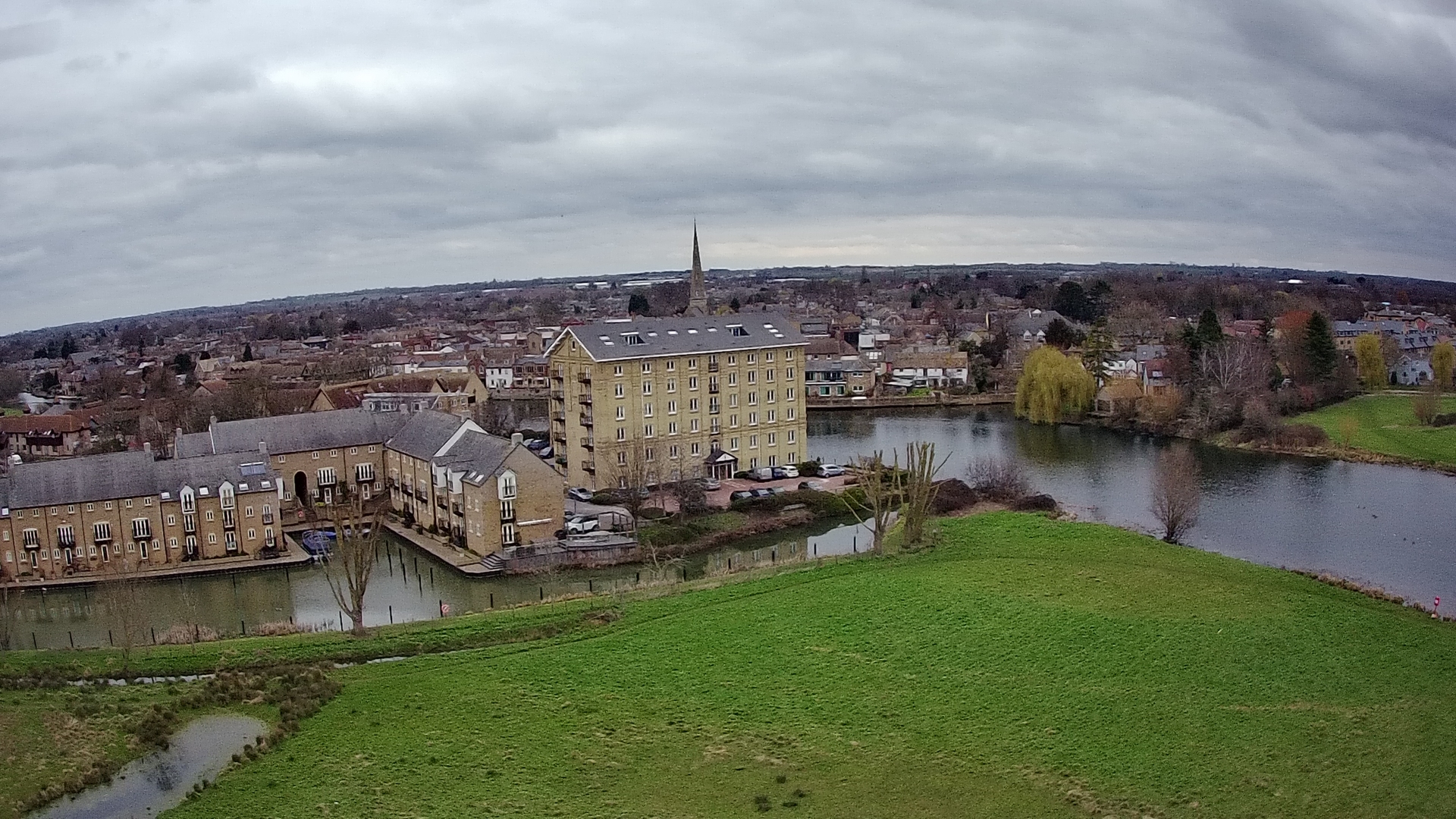

Another factor to note is that there’s a varying amount of barrel distortion in photos. This is dependent on the pitch of the camera, and there's less when the camera is pointing forwards and more when it has been tilted downwards. Barrel distortion is much less of a problem in video, which can be captured in 2.7K and 4K at 30 fps, although the graininess present in photos is also visible in videos.
The 2-axis gimbal relies on Electronic Image Stabilization (EIS) to stabilize video on the third axis. And, while it’s not as effective as a 3-axis mechanical gimbal, video footage is smooth unless you make fast and vigorous turns with the drone. Also, when pitching the camera up and down, there is some vibration visible in the Roku app camera view and video footage, so it’s best to leave the camera at a fixed position during filming.
Ruko F11GIM2 review: Price
- Prices start from $579.99/£475.90
- Often discounted on official website or Amazon
The Ruko F11GIM2 is quite expensive for a basic beginner model at $579.99/£475.90 before discounts are applied. On the Roku website, there’s usually an offer available, and at the time of writing it was possible to purchase the drone directly from Roku for $375.99 (approximately £307.40) using a seasonal discount. You can also purchase the Roku F11GIM2 on Amazon for an even lower price.
The drone comes in a kit that includes a shell case, two intelligent batteries, two USB-C charging cables, spare propellers and screws, an Allen key, and a rechargeable controller. This is everything you need to get started once the batteries and the controller have been charged and the Roku smartphone app has been installed on your phone.
Should you buy the Ruko F11GIM2?
In terms of flight, the Ruko F11GIM2 flies well in open areas but it’s not suitable for flight in more complex environments such as woodlands. This is due to the lack of collision avoidance and the fact that the drone tends to drift a little during flight. In open areas this isn’t a problem, and for beginners this kind of environment is recommended.
If you’re looking for a drone simply to enjoy flying, the Ruko F11GIM2 is reasonably powerful and generally flies well despite the small amount of drift. If capturing photos and videos is your main reason for purchasing a drone, there are better options available for roughly the same price, alongside less expensive models capable of delivering comparable image quality, but with less power.
If the Ruko F11GIM2 isn't for you
With a weight of 19.72 oz/559 g, you can’t take advantage of the fewer regulations that come with sub 250 g drones. This means that you can’t fly the Ruko F11GIM2 as close to people and built-up areas, which is why beginners are often attracted to smaller and lighter models to make day-to-day flying easier and less restrictive.
The Potensic Atom SE is a similarly priced alternative to the Ruko F11GIM2 that's worth considering. The Atom SE weighs just 245 g and costs $299/£329 for the Fly More kit, which includes two batteries and accessories such as a carry bag. Its camera also produces better image quality despite offering limited manual control over settings, with the ability to capture photos in both JPEG and Raw formats, as well as video in 4K at 30 fps.
Another good option would be the DJI Mini 3. It’s a sub 250 g drone with a intro-friendly price – for around $469/£439 you can get the basic kit without a controller – which makes it one of the best beginner drones currently available.
Or if you want to get into FPV (first person view) flight, then the BetaFPV Cetus Pro Kit is a fun choice. It has everything you need to get started right away, including a controller and googles, and offers basic safety features too. However, it doesn’t shoot video or photos and is more focused on building up your flight experience.
James is an award-winning freelance landscape and portrait photographer, as well as a highly experienced photography journalist working with some of the best photography magazines and websites with a worldwide audience. He’s also the author of The Digital Darkroom: The Definitive Guide to Photo Editing. www.jamesaphoto.co.uk
